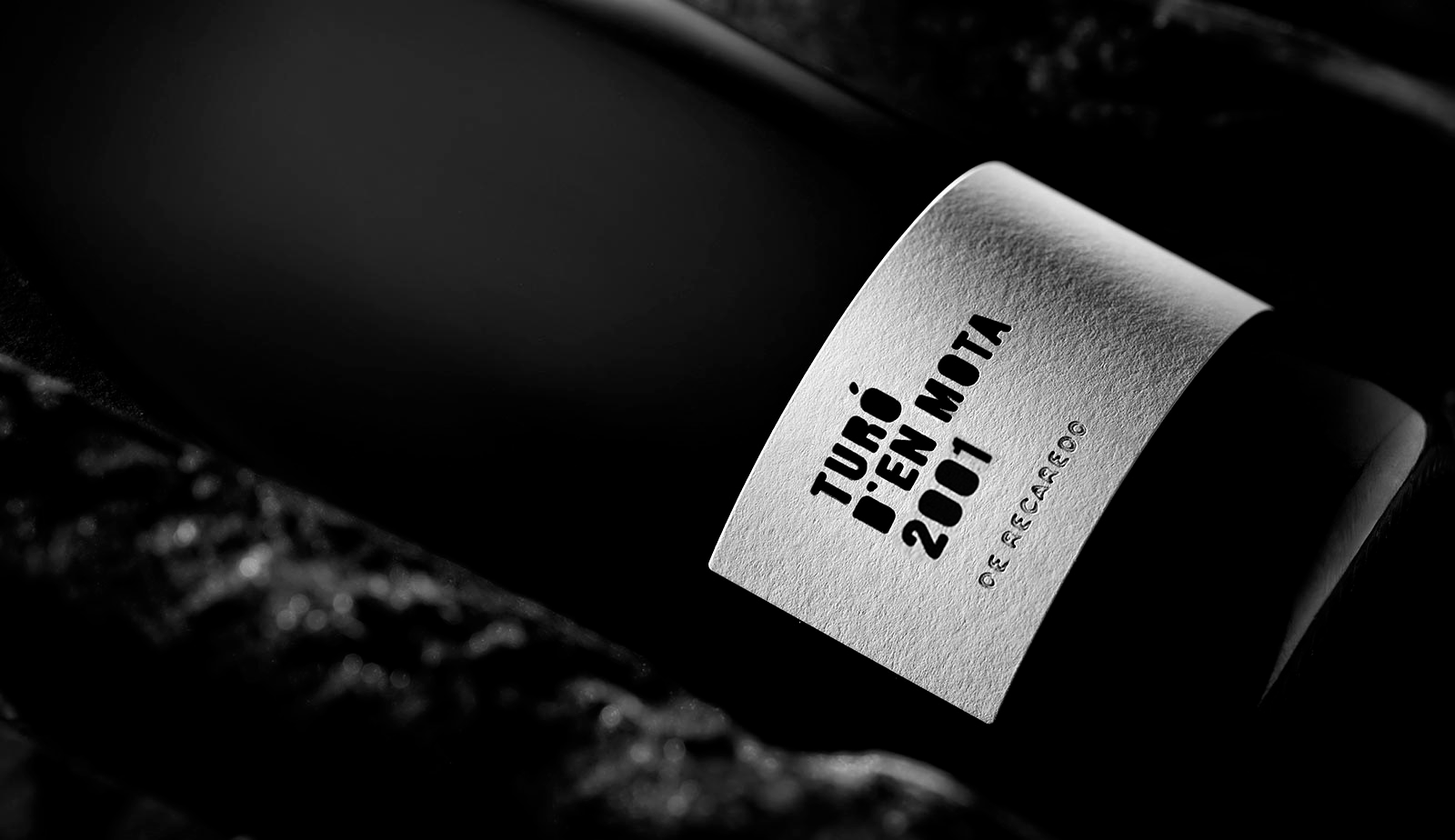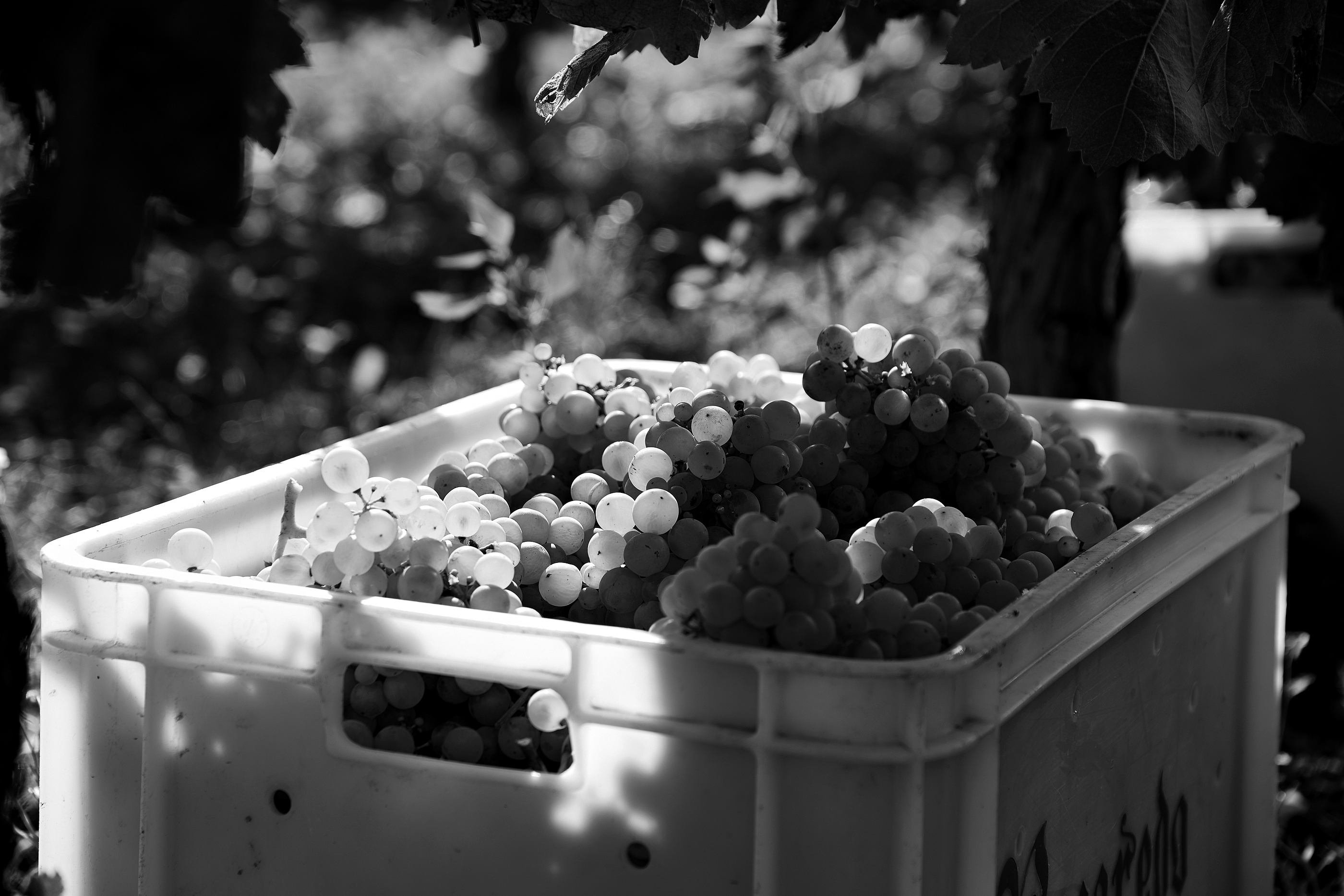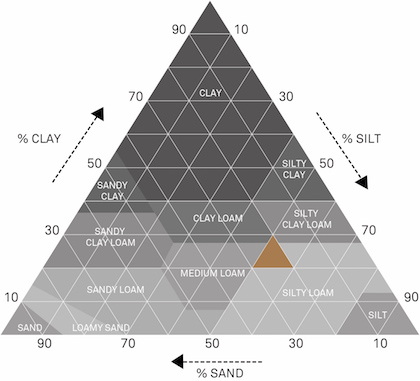2001
Turó d’en Mota
Historical harvest that outlines a long aging wine of intense and vibrant character. An extremely water-borne July contrasts with the low rainfall collected throughout the year. A fact that, accompanied by a very advanced harvest, makes the 2001 vintage one of the most atypical and unique crops in the history of Turó d’en Mota.

2001 HARVEST
- Ideal ripening point and harvest: 28th August, 2001.
- Manual harvest.
- Annual production of the vineyard: 3.750 kg of grapes.
- 2.770 bottles, each one numbered.
METEOROLOGY
- Average temperature in 2000 – 2001 season: 14,8 ºC
- Historical average temperature: 15,8 ºC
- Rainfall from October 2000 to September 2001: 347 mm.
- Historical average rainfall in Sant Sadurní d’Anoia: 584 mm.
AGEING
- Long ageing of a minimum of 126 months with natural cork stopper.
- Riddling by hand in traditional racks.
- Manual disgorging without freezing the neck of the bottle.
- Vinification, wine-making and ageing in Recaredo.
PRESENTATION
Serve in a tall cup in the form of tulip, broad base and slightly closed upper part.
CONSERVATION
Keep this bottle at 15ºC to ensure a good evolution.
RECOMMENDATIONS
To appreciate all the complexity, we recommend opening the bottle a few minutes before and serving it around 10ºC.

LOCATION AND GEOLOGY OF THE WINEYARD
- The vineyard of Turó d’en Mota has 0.97 ha with north and northeast exposure. Only in the extraordinary harvests, such as 2006, is a part of the vineyard of 0.55 ha with Southeast exposure.
- Grounds of limestone texture (balance of sand, slime and clay) and very calcareous nature. They are treated with deep and well drained soils, with moderate water storage capacity.
- Soils very evolved due to the presence of a calcium horizon with important accumulations of carbonates in the form of nodules, that is, stones formed from concentrations of lime. They have an active limestone of 14%, which makes them extremely calcareous soils.
- Organic matter of 1.5% (very low) and soil pH of 8.5 (very basic).


